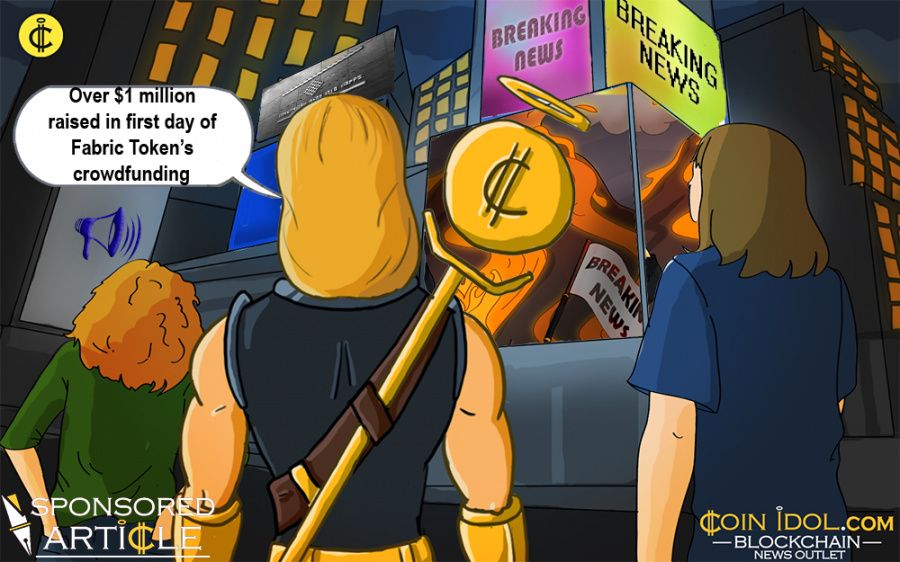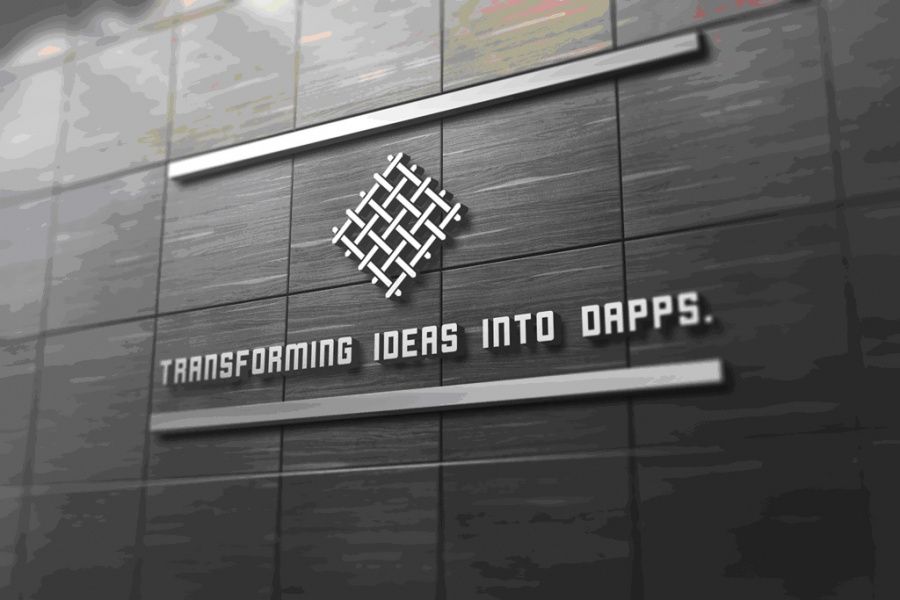Over $1 Million Raised in First Day of Fabric Token’s Crowdfunding Event

Soon, anyone will be able to build and deploy smart contracts and decentralized applications (DApps) without fuss, yet with all the benefits of a secure and mature blockchain in the Ethereum protocol, via the Fabric Token (FT).
The FT platform proposes a simple, yet ambitious goal, to reduce the highly technical task of creating smart contracts and DApps to a simple, convenient method. And the idea is gaining a lot of support, raising over 1,100 ETH (currently valued at over $1 million) in less than a day after launching its token generation event (TGE).
Transforming Ideas into DApps
Recognizing that for mainstream adoption to truly happen with blockchain technology, the operating foundations in the form of smart contracts and DApps must first become absolutely user friendly. Currently, it requires significant technical and programming expertise, knowledge of Solidity language, to even build the simplest of smart contracts and deploy the most basic of DApps, ensuring that mainstream use and adoption will grow very slowly. The lack of an official Solidity testing framework, compounded by complexities of organizational business processes, further compound this problem.
The FT ecosystem, made out of four main components – TokenGen, Dapp Workbench, Fabric Store and the Fabric Token itself powering transactions – will focus on helping the lay person from any background to create the DApps they need with the features they want, without any programming language required, through the use of easy, user-friendly software.
FT believes that blockchain technology is capable of bringing radically new, industry-changing improvements to all sectors, yet is struggling to attain recognition and use in daily lives. It believes that in creating a bundle of simple, intuitive user interfaces, mainstream users can help foster innovation and allow the normal user to access and participate in the building of the decentralized era.

How the Components Work
The Fabric Token will be a utility digital token used as a means of payments for all FT products and services.
TokenGen, as the name suggests, will help users create new tokens, along with the smart contracts required and the fundraising tools that go with them. This will open a new avenue for all the great ideas out there waiting to be supported.
DApp Workbench will assist entrepreneurs and enterprises – from one person to hundreds or even thousands – to integrate smart contracts and blockchain into their business processes and models. This app will feature a drag-and-drop interface, letting users import and reuse diagrams created externally and incorporating them into their own workflows. In essence, users get automated business processed all the way from design, compilation and testing, through to deployment, monitoring and decommissioning.
The Fabric Store will be the place for third-party developers to complement the TokenGen and DApp Workbench with their own custom-built smart contract components, thereby expanding available software functionality while earning reputations and tokens.
The FT Token Generation Event
The FT token sale is off to a flying start and will continue until April 1st, 2018, or until its maximum hard cap of 8,906. ETH has been reached, whichever arrives first. Any tokens remaining after the TGE conclusion will be permanently destroyed.
All interested are welcome to participate, with minimum contributions of 0.1 ETH and maximum of 9 ETH. FT tokens are sold at a base rate of 1 ETH = 8,000 ETH
To learn more about FT, visit the website and read the technical whitepaper. To chat with the team, reach out on Telegram or on their discussion thread at BitcoinTalk.
Disclaimer. This article is paid and provided by a third-party source and should not be viewed as an endorsement by CoinIdol. Readers should do their own research before investing funds in any company. CoinIdol shall not be responsible or liable, directly or indirectly, for any damage or loss caused or alleged to be caused by or in connection with the use of or reliance on any such content, goods or services mentioned in this article.
Price
Price
Price
News
Price

(0 comments)